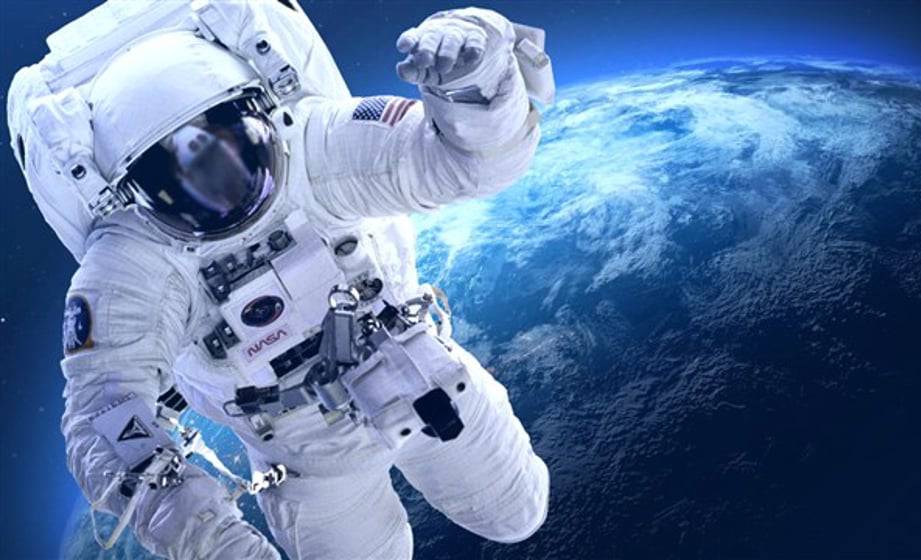In this episode, we bring our three-part series on the impact of space technology on humanity to a close. This final installment features a Q&A session with ESA astronaut Matthias Maurer, shedding light on life beyond Earth.
The discussion kicks off with a question that has intrigued humanity for generations: will humans ever call the Moon home? As we eagerly await the answer to that question, ESA astronaut Matthias Maurer takes us on an insightful journey into life aboard the International Space Station (ISS), often referred to as humanity’s last frontier. The questions posed to him come from none other than France’s largest planetarium, located at the Vulcania Theme Park.
Matthias Maurer, a German astronaut with a background in materials science, joined the ranks of the ESA astronaut corps in 2010. He stands as one of the privileged six Europeans eligible for lunar travel. His inaugural space mission, aptly named “Cosmic Kiss,” embarked on November 11, 2021.
During his remarkable 177 days aboard the International Space Station (ISS), Matthias provided crucial support to over 35 European experiments. The ISS, this collaborative space laboratory and living habitat, serves as a global platform for astronauts to carry out scientific research while navigating the unique environment of microgravity.
This space marvel spans an impressive 108 meters from end to end, a mere one meter shorter than the full length of a European soccer field, complete with goal areas. It tirelessly circles the Earth every 90 minutes, affording astronauts the extraordinary experience of floating throughout their day and witnessing a stunning 16 sunrises and 16 sunsets.
The incredible adaptability of the human mind and body shines through as Matthias acknowledges those fleeting moments when astronauts forget their celestial surroundings, envisioning themselves toiling away in an underground laboratory.
Among his most remarkable experiences beyond Earth’s bounds is his inaugural spacewalk. He likens this extraordinary event to a scene from ‘Alice in Wonderland,’ where Alice tumbles down the rabbit hole into a wholly different paradise.
In previous episodes of Euronews Tech Talks, we engaged with ESA astronaut Samantha Cristoforetti, exploring the growing fascination with the Moon’s south pole. We also delved into the intriguing prospect of inducing hibernation in humans to facilitate long-duration space travel, in conversation with ESA’s Lead for Life Sciences, Angelique Van Ombergen.
Our journey through the realms of space technology led us to Spain, France, Germany, and the UK, unveiling the ways in which space research contributes to the betterment of life right here on Earth.
The information contained in this post is for general information purposes only. The information is provided by Exploring The Possibility Of Extraterrestrial Life With Astronaut Matthias Maurer: A Q&A On The Euronews Tech Talks Podcast and while we endeavour to keep the information up to date and correct, we make no representations or warranties of any kind, express or implied, about the completeness, accuracy, reliability, suitability or availability with respect to the website or the information, products, services, or related graphics contained on the post for any purpose.


